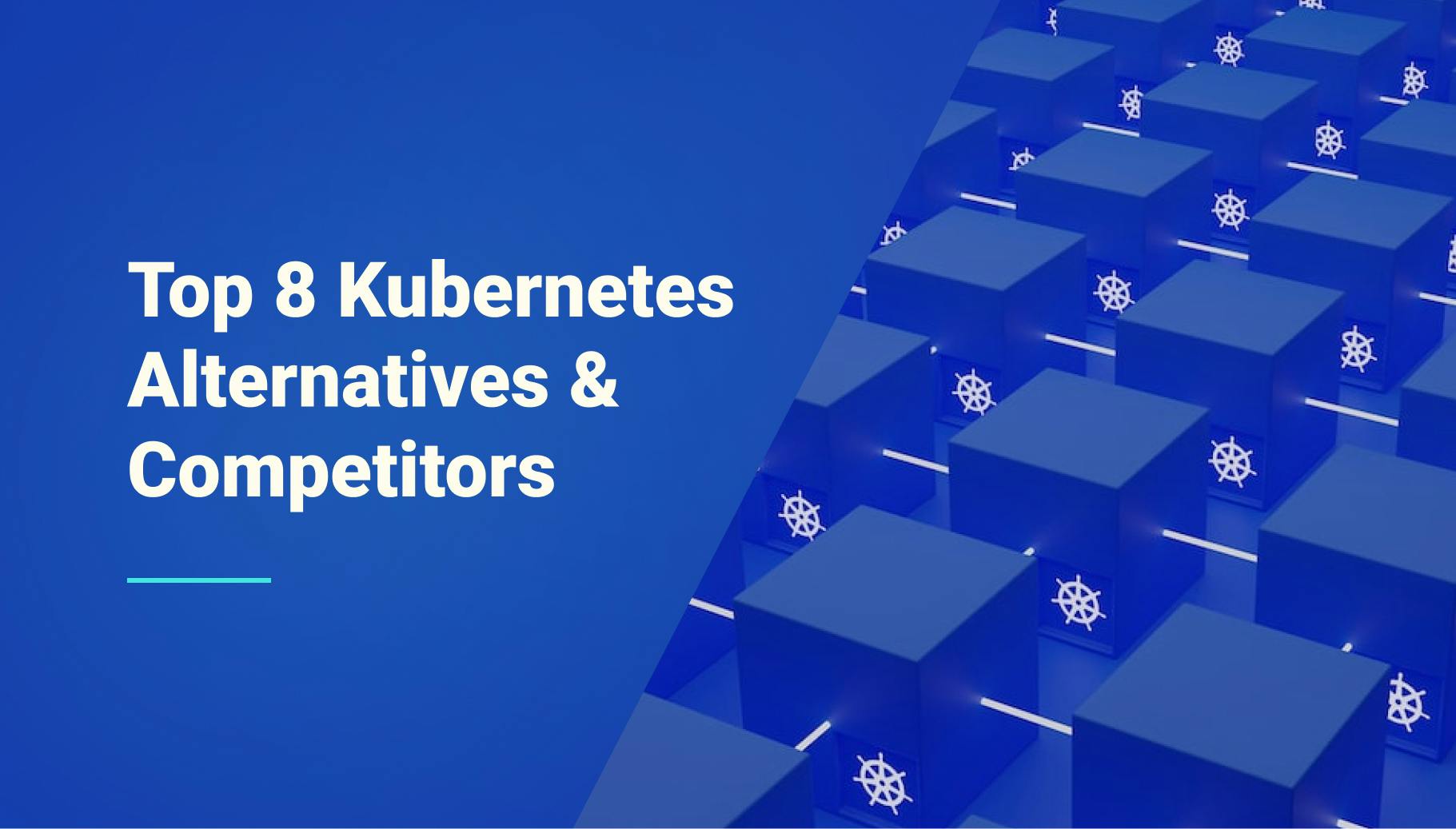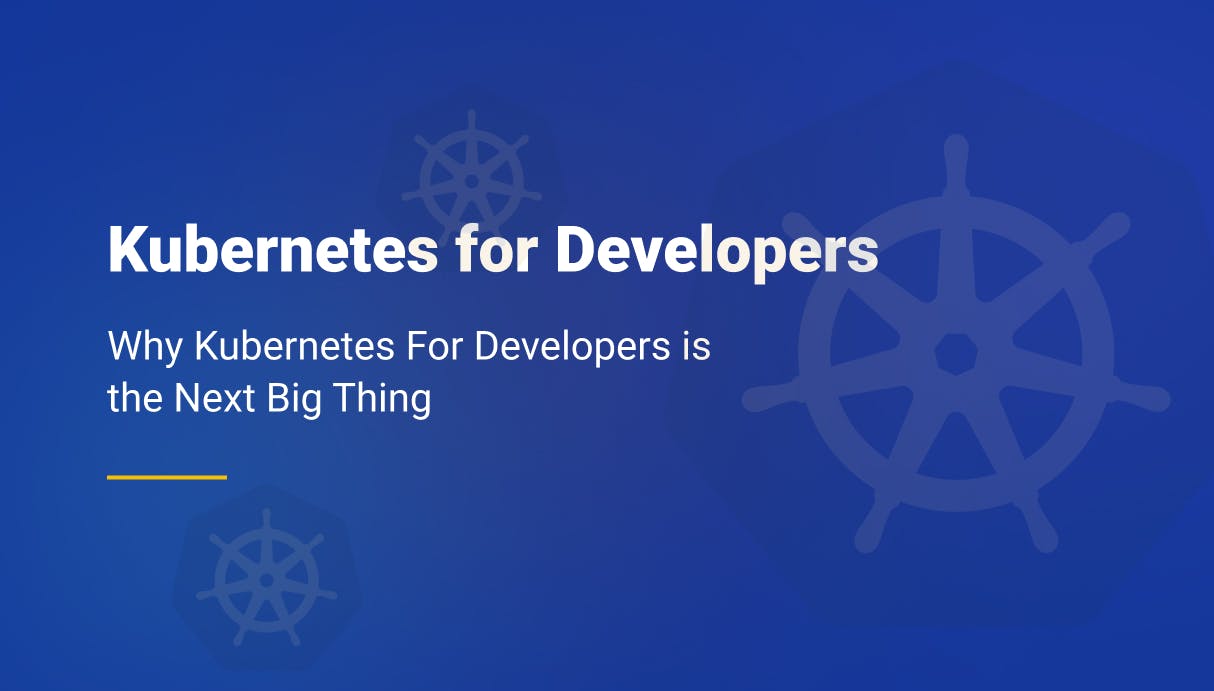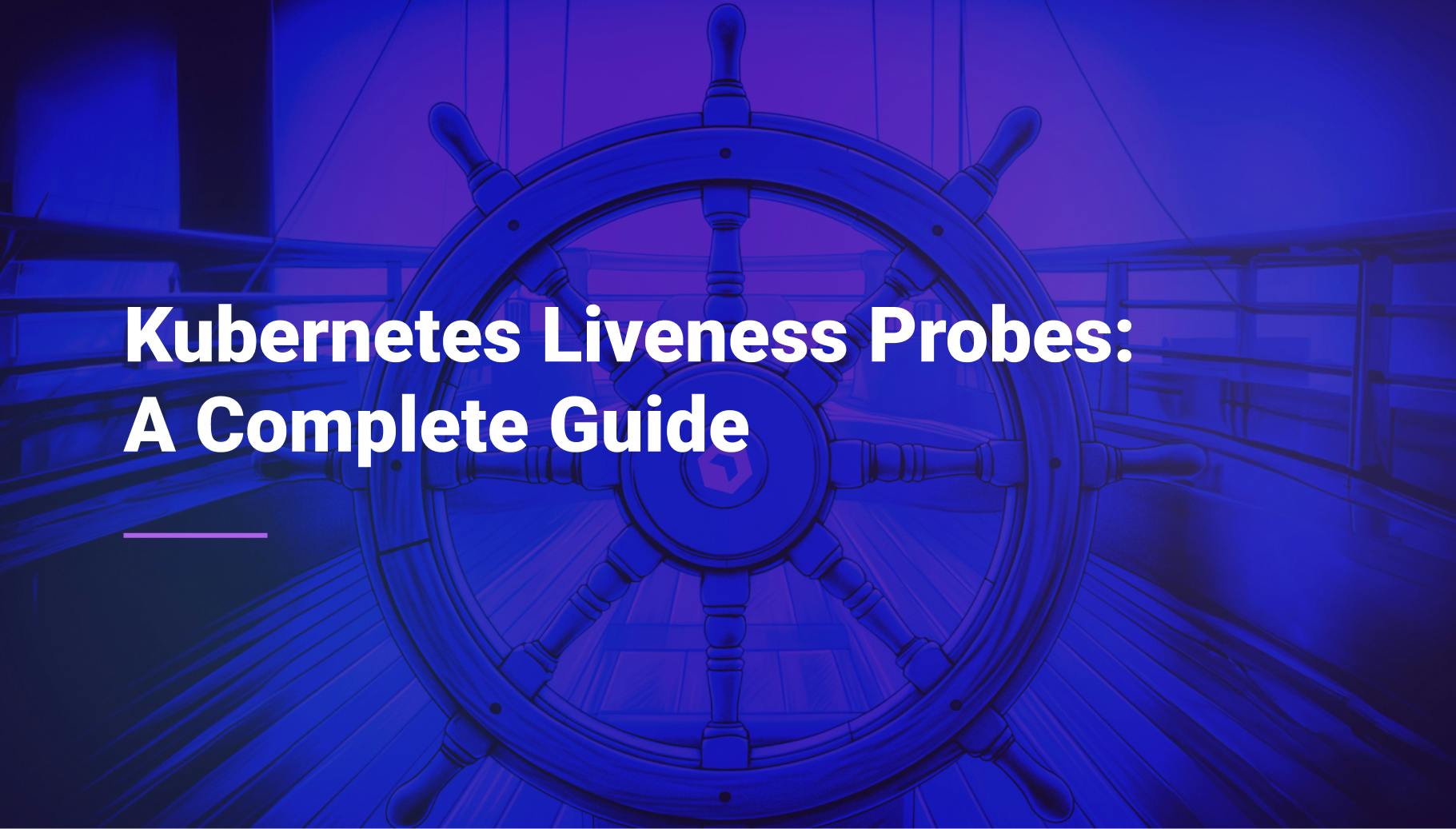Managing Multiple Kubernetes Clusters: What, Why and How
Kubernetes is a powerful tool for deploying and managing containerized applications. However, managing its clusters is a critical but challenging task for many organizations. Today, we will discuss the benefits of managing multiple clusters, and the challenges they present, and offer a quick technical guide on managing these clusters efficiently. Following that, I will highlight 4 best solutions designed to simplify this process, illustrating their strengths and how they address common hurdles in Kubernetes management.

Morgan Perry
April 11, 2024 · 5 min read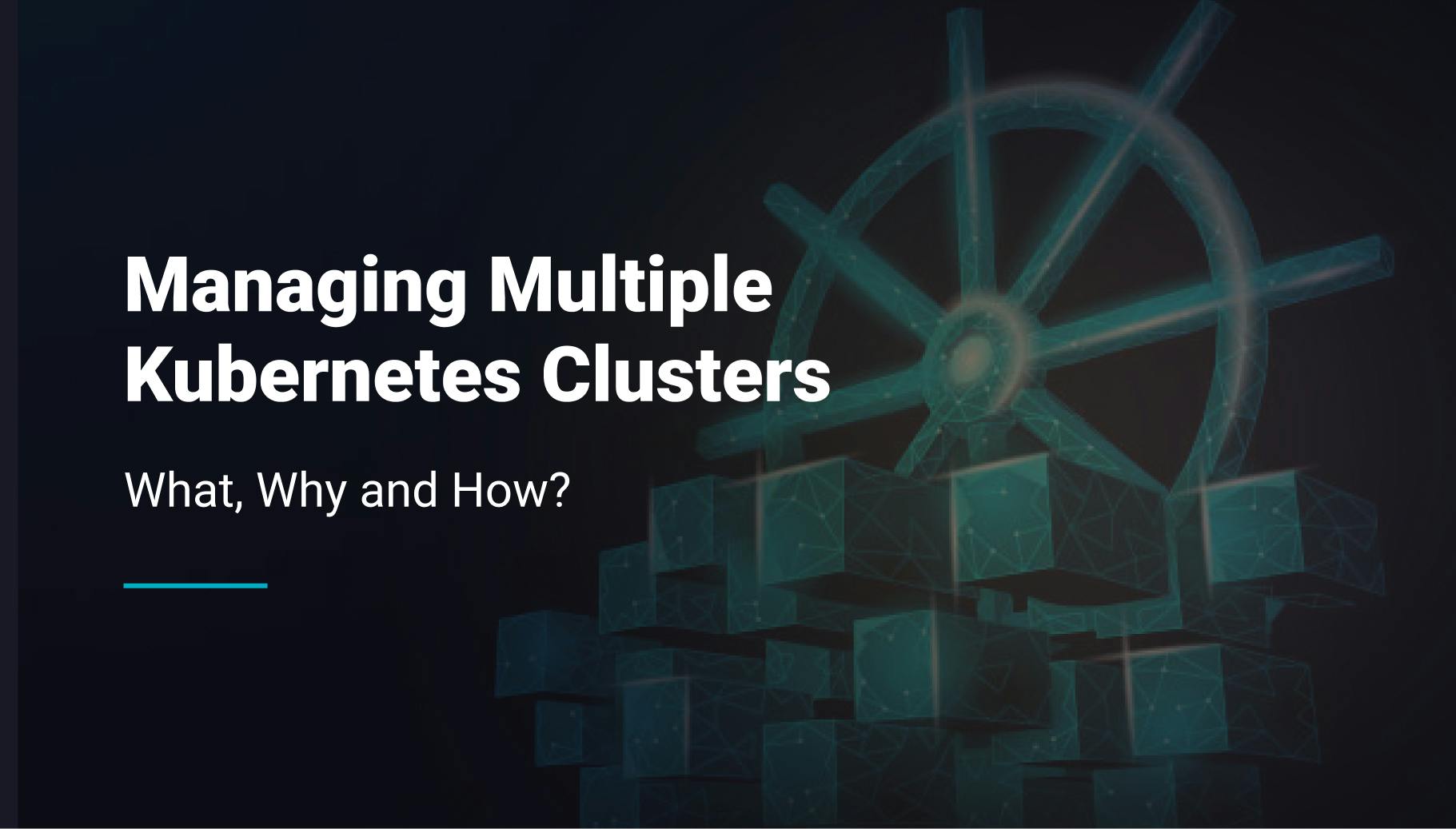
#Why Multiple Kubernetes Clusters
Kubernetes clusters are groups of host machines, known as nodes, that are used for deploying applications in a containerized environment. These clusters provide a platform for container orchestration, ensuring that the state of the system matches the expected state defined by the developers and operators. There are several key advantages to using multiple Kubernetes clusters. The three most important are:
#Isolation
Different clusters can be used to isolate environments (development, staging, production), projects, or teams. This isolation reduces the risk of one team’s work affecting another, and it can also prevent a problem in one environment from impacting another.
#Scalability
Multiple clusters can help to scale applications more effectively. If an application needs more resources, it can be moved to a larger cluster or distributed across multiple clusters.
#Geographic distribution
For global applications, having clusters in different geographic locations can reduce latency for end-users and comply with data sovereignty regulations.
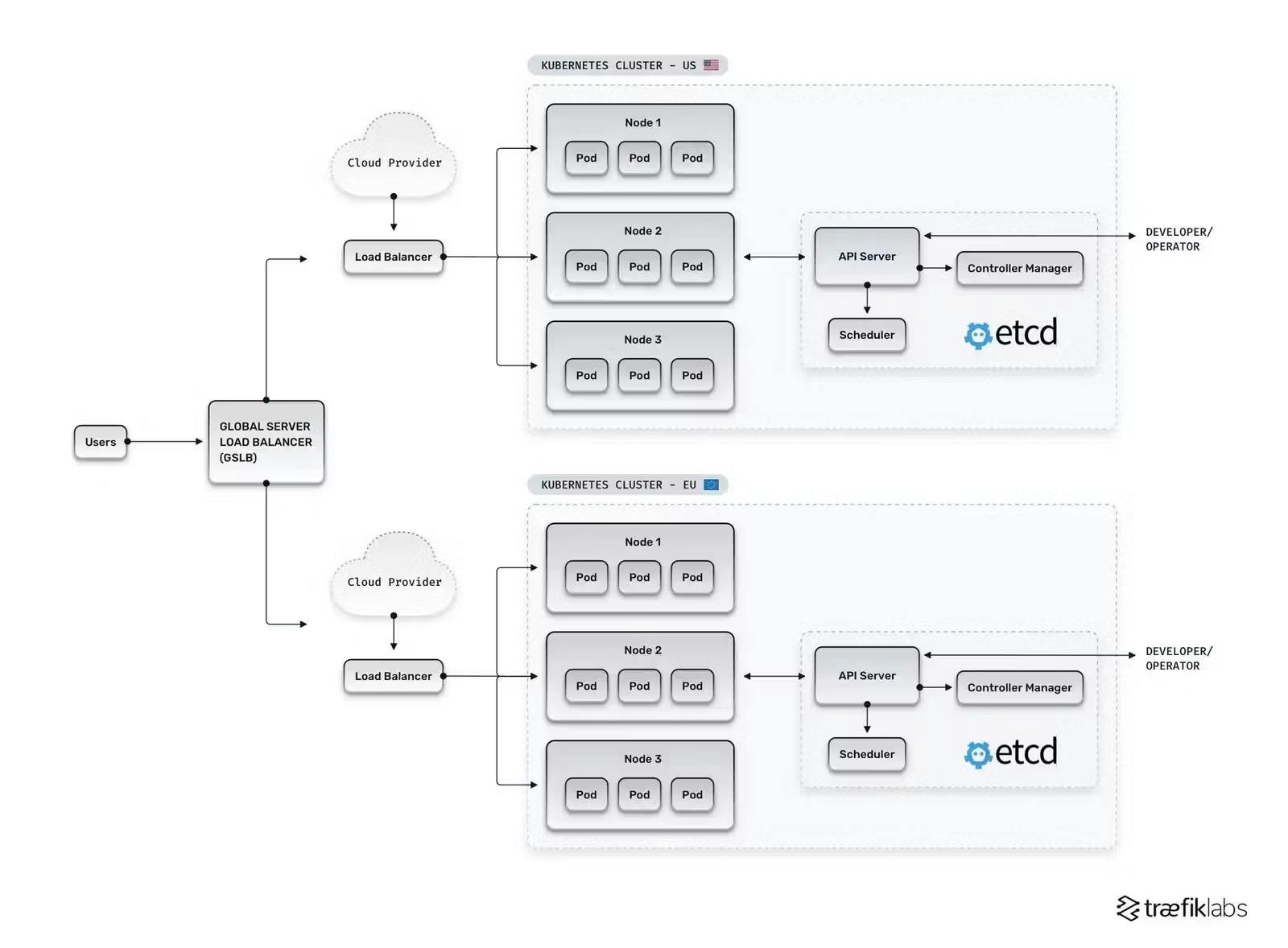
#Challenges to Manage Multiple K8s Clusters
Managing multiple Kubernetes clusters comes with its own set of challenges. Some of the biggest challenges include the following:
#Maintenance and upgrade operational overhead
Operational overhead increases with the number of Kubernetes clusters, complicating daily operations, upgrades, and maintenance. These essential tasks ensure clusters run smoothly but require significant time and expertise, highlighting the need for streamlined management practices.
#Configuration drift
Keeping the configuration consistent across multiple clusters can be difficult. Small differences can accumulate over time, leading to significant discrepancies, known as configuration drift.
#Security policy enforcement
Applying consistent security policies across all clusters can be complex and time-consuming, especially when clusters are used by different teams or for different purposes.
#Monitoring and logging
Collecting and analyzing logs and monitoring data from multiple clusters can be a complex task. It requires a centralized logging and monitoring solution that can handle data from all clusters.
#A Quick Technical Guide
Managing multiple Kubernetes clusters efficiently is key for DevOps professionals. Here’s a straightforward approach using kubectl and Kubeconfig files.
#Step 1: Understand Key Concepts
- Context: A configuration in Kubernetes that specifies a cluster and the user’s access information. For instance, dev-context for development.
- Namespace: A method to divide cluster resources among multiple users. Example: frontend for frontend resources.
- Kubeconfig Files: Files that store your cluster, user credentials, and contexts.
#Step 2: Set Up Your Kubeconfig Files
Your Kubeconfig, typically at ~/.kube/config, stores information about your clusters, users, and contexts. It’s essential for managing multiple clusters.
#Step 3: Switch Between Contexts
List all contexts:
kubectl config get-contextsSwitch to a specific context, e.g., dev-context:
kubectl config use-context dev-context#Step 4: Managing Namespaces
Create a new namespace, e.g., frontend:
kubectl create namespace frontendSwitch the default namespace to frontend in your current context:
kubectl config set-context --current --namespace=frontend#Step 5: Add New Cluster Configurations
For a new cluster named prod-cluster, add its details to your Kubeconfig:
clusters:
- name: prod-cluster
cluster:
certificate-authority: /path/to/ca.crt
server: https://prod-cluster-url.comAdd user credentials and a context named prod-context for prod-cluster.
#Step 6: Create a New Cluster
Creating new clusters depends on your Kubernetes environment. For cloud-based clusters, refer to your cloud provider's documentation. For local testing, use Minikube:
minikube start --profile=testing-clusterThis creates a new cluster named testing-cluster.
#Step 7: Apply Configurations Across Clusters
To deploy an app across all clusters, iterate over your contexts, assuming frontend-config.yaml is your configuration file:
for context in $(kubectl config get-contexts -o name); do
kubectl --context=$context apply -f frontend-config.yaml#4 Best Solutions to Simplify Multiple Kubernetes Clusters Management
#Qovery
Qovery is a standout solution designed with a developer-first mindset. It abstracts the complexities of Kubernetes, allowing developers to concentrate on coding rather than on operational intricacies. Here’s how Qovery excels in managing multiple Kubernetes clusters:
- Seamless Integration: Qovery integrates directly with your Kubernetes cluster, offering a hassle-free setup with a simple command ($ helm install qovery). This eliminates the need for in-depth Kubernetes knowledge.
- Automated Deployments: By selecting a Git repository and Dockerfile, Qovery automates the build and deployment processes, generating Helm charts for Kubernetes deployment without requiring developers to write any YAML.
- Environment Consistency: Qovery ensures consistency across development, staging, and production environments, addressing common challenges such as configuration drift and security policy enforcement.
- Operational Excellence: It significantly reduces operational overhead by offering out-of-the-box solutions for monitoring, logging, and managing environment variables, making it an ideal platform for Kubernetes cluster management.
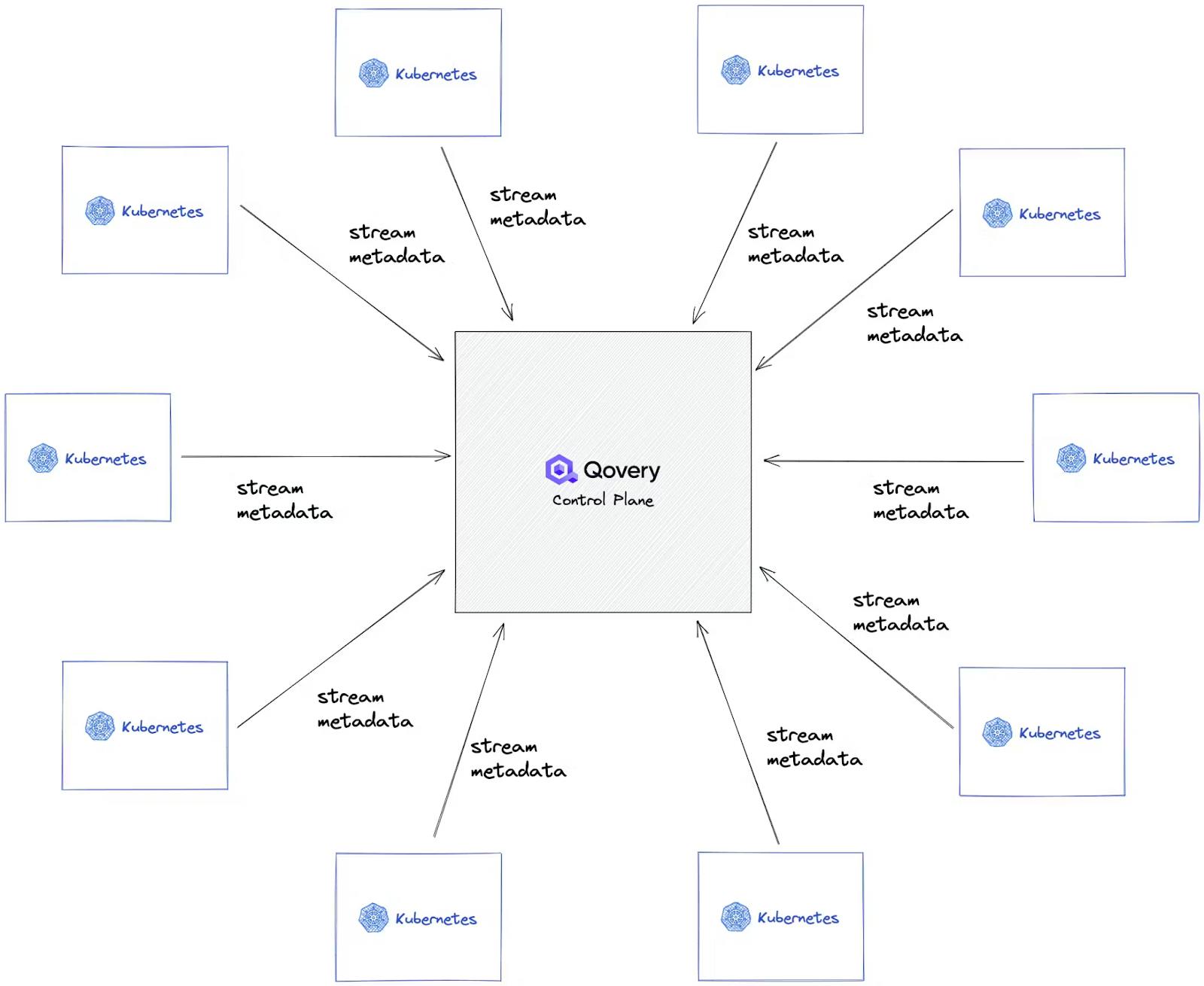
#Case studies
Discover how Spayr, a fintech startup, manages multiple environments on Kubernetes With Qovery
#Rancher
Rancher provides an all-encompassing Kubernetes management platform that facilitates operations across any infrastructure. It offers detailed control over clusters, comprehensive security features, and extensive integration options.
Comparison with Qovery: While Rancher's robust feature set is commendable, it often requires a deeper understanding of Kubernetes to fully leverage. This complexity can overshadow its benefits for teams seeking streamlined workflows. In contrast, Qovery's automated deployments and developer-friendly tools ensure a smoother experience with less overhead, making it a more attractive solution for those prioritizing ease of use and efficiency.
#Platform9
Platform9 delivers Kubernetes as a service, emphasizing ease of use and scalability. It's designed to reduce the complexity of deploying, managing, and maintaining Kubernetes clusters across private, public, and edge environments.
Comparison with Qovery: Platform9 simplifies Kubernetes management, but its service-based approach might limit customization and control compared to Qovery's flexible and intuitive platform. Qovery stands out for its seamless integration with existing workflows and its commitment to developer empowerment, offering a balance between simplicity and control.
#Portainer
Portainer is known for its straightforward user interface, making Kubernetes cluster management accessible to those with limited Kubernetes expertise. It provides basic deployment, monitoring, and management tools.
Comparison with Qovery: Portainer’s simplicity is beneficial for small-scale operations or those new to Kubernetes. However, for complex, multi-cluster environments, Qovery's comprehensive feature set, including advanced environment and deployment management capabilities, positions it as a more robust solution. Qovery addresses the full spectrum of Kubernetes management challenges, offering a superior option for teams needing more than just basic management.
#Conclusion
Managing multiple Kubernetes clusters comes with its challenges, from ensuring configuration consistency to maintaining security and operational efficiency. Despite these hurdles, the right tools can make a significant difference. Qovery emerges as a strong player in this space, distinguishing itself with features tailored for developer ease and operational excellence. With its seamless integration, automated deployments, and focus on environment consistency, Qovery addresses the complexities of Kubernetes management head-on. It not only simplifies the deployment process but also ensures operational efficiency, making it an ideal choice for developers and organizations looking to manage Kubernetes clusters without getting involved in its complexities. So what are you waiting for? Try Qovery for free now!
Your Favorite DevOps Automation Platform
Qovery is a DevOps Automation Platform Helping 200+ Organizations To Ship Faster and Eliminate DevOps Hiring Needs
Try it out now!

Your Favorite DevOps Automation Platform
Qovery is a DevOps Automation Platform Helping 200+ Organizations To Ship Faster and Eliminate DevOps Hiring Needs
Try it out now!
